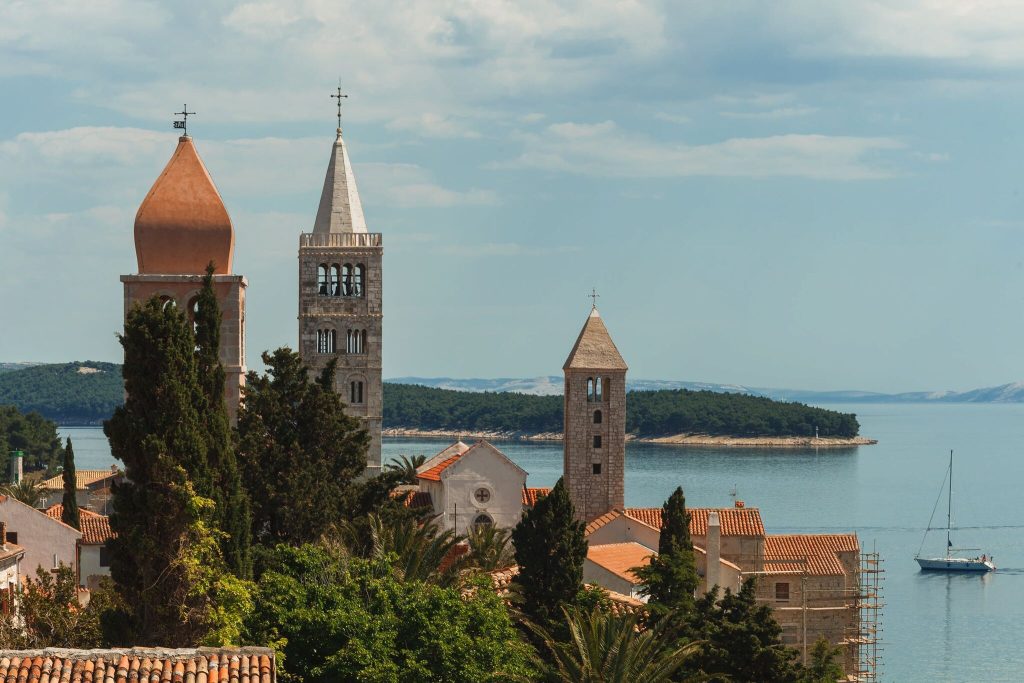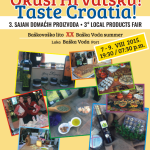Continuing with our series dedicated to delicious dishes the Adriatic coast is known for, a look to a unique dessert on April 11, 2018
If you’ve been following our gourmet series inspired by traditional dishes indigenous to the Adriatic, you might remember they share a certain common trait: while all extremely rewarding in taste, they don’t exactly make for an appetising sight. Think of Brač vitalac, dark pieces of lamb offal lined on a spit; soparnik, a humble-looking flatbread stuffed with swiss chard; or even black risotto, its unappealing colour likely to be met with a raised eyebrow. So, for today’s feature, we thought to switch it up a bit and present a dish that’s easy on the stomach and the eyes… and naturally, the only thing one’s mind could go to is dessert.
We’re heading to Rab, an island on the northern Adriatic, first mentioned in the 4th century BC. That’s a lot of history to have on your side, and it makes sense for certain gastronomic features to be integral parts of tradition passed down for hundreds of years. The best known culinary creation to have ever sprung from Rab island is simply called rapska torta – Rab cake, an unassuming name that nonetheless has the power to make one dream of sugar, almonds, and Maraschino cherry liqueur.
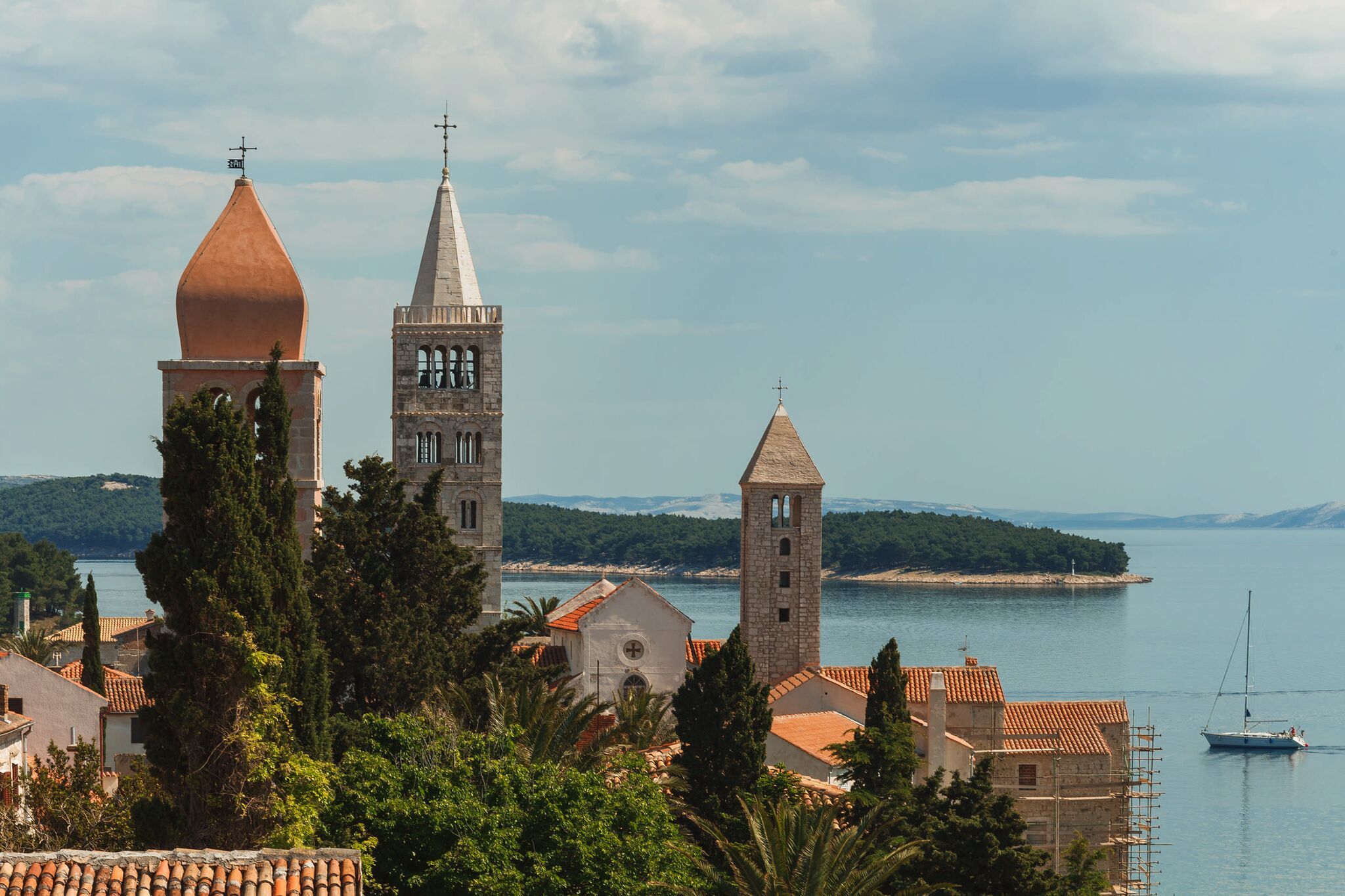
Rab town / Romulić and Stojčić
Rab cake has an interesting origin story. According to a local legend, it was first served to Pope Alexander III when he accidentally ended up on Rab island in 1177. As the pope and his entourage of ten galleys were making their way across the Adriatic Sea, they were hit by an unexpected storm, having to seek shelter in island ports and coves. Chance had it the pope sailed to Rab shortly after the local cathedral of the Assumption of Mary had been renovated and expanded, so he used the occasion to consecrate the cathedral and bless the site. You can imagine how major an event this must have been for a small town like Rab, so the Benedictine nuns hurried to pay respect to the esteemed guest by making him a special dessert. And so the Rab cake was born, served to the pope on a large piece of communion wafer.
An alternative to the legend, often cited by historians, says that the nuns had actually planned to prepare a dessert indigenous to the pope’s place of birth, but accidentally ended up creating a new delicacy using the same ingredients. Another version of the story claims it was the pope who brought the cake to Rab, as there’s a similar dessert traditionally prepared in Italy that features the same ingredients and results in the same flavour – so, it might have been the people of Rab who actually adopted a foreign dish and made it their own. In the end, it’s not that important to know which of the stories is historically accurate. The Rab cake has been prepared on the island for so long, it’s more than deserving of the local claim to its origin.
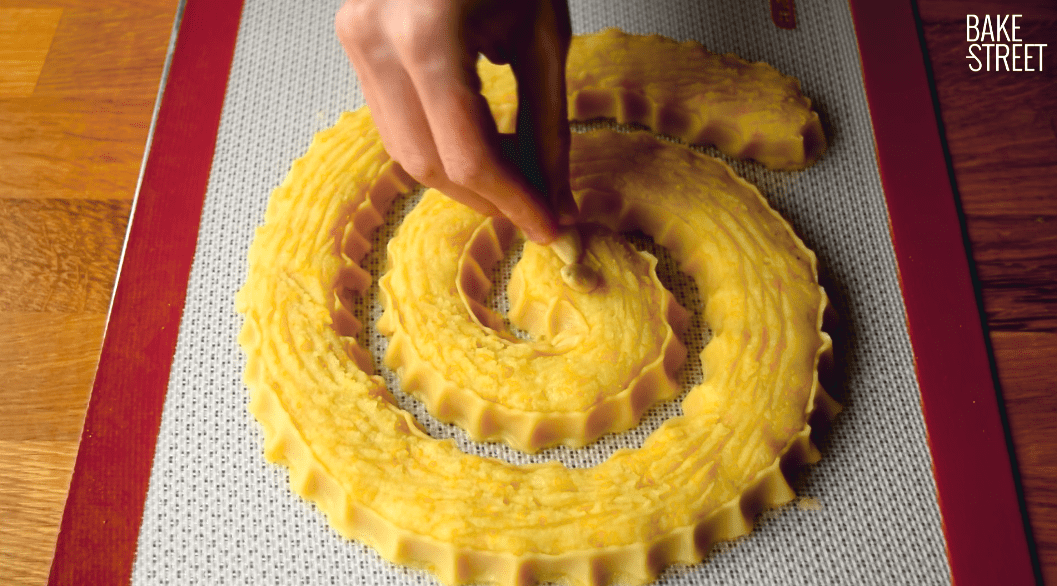
YouTube screenshot / Bake Street
The original recipe used for that legendary, first Rab cake has survived to this day, kept in the archives of the Benedictine nunnery of St Andrew, located on the southern coast of the island. A display of beautiful penmanship, the recipe cites the cake was made of wafer, eggs and almonds. As no measures were noted next to the ingredients, this culinary skill was obviously passed down from person to person.
In the olden days, when the island was part of the Venetian Republic, Rab cake was a delicacy reserved for the nobles and wealthy citizens, standing as a token of urban identity. A secret, diligently kept from other villages in the area in order to upkeep the prestige of its Rab-specific roots. These days, the cake is made all over the island, with occasional alterations to the ingredients or design; apart from the iconic spiral shape, you’ll find Rab cake shaped as a heart, a horseshoe, a number, or some other simple form. The people of Rab town still strictly adhere to the original recipe, though, preparing the cake on special social occasions like baptisms, first communions, or weddings.
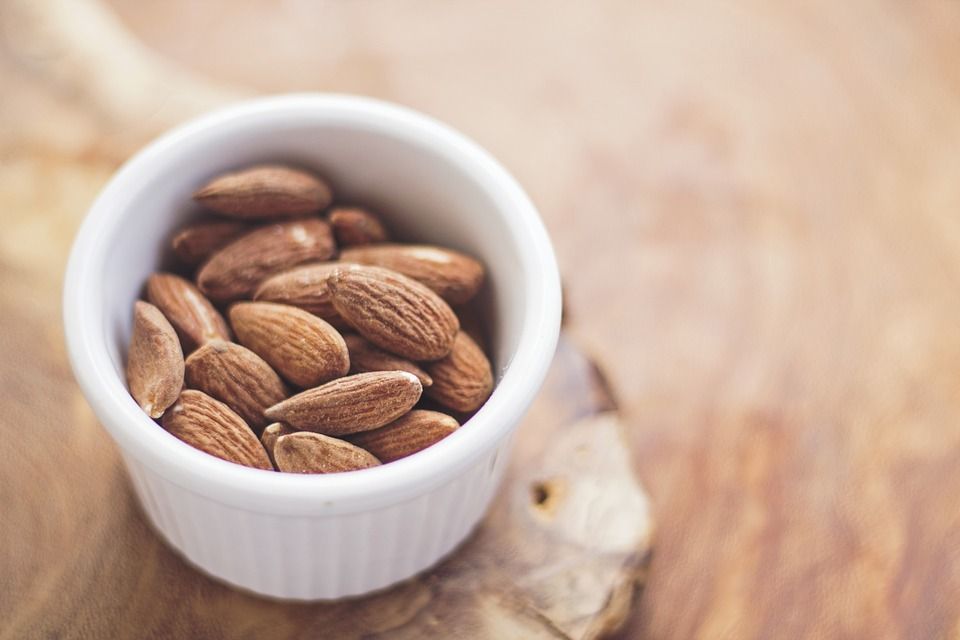
Pixabay
The recognisable taste of Rab cake is heavily owed to its central ingredient – almonds, at least half a kilo making their way into every cake made. I was delighted to learn where exactly the people of Rab used to obtain almonds for their celebrated cake: in Lun, a heavenly place on Pag island known for its ancient olive gardens. The almonds growing in Lun had a certain quality to them that resulted in a specific, slightly bitter note to the cake filling. Alas, it’s been getting increasingly hard to procure almonds from Pag in recent times, so the population of Rab had to adapt and settle on the more common sorts.
Preparing Rab cake is an art in its own right, a process that can take up to a week. The almonds are first rinsed in boiling water and peeled, then left to dry at room temperature for a couple of days. Once dried, they’re ground down by hand and combined with the other key ingredients: lemon and orange rind for a citrus punch, Maraschino cherry liqueur for a distinctive flavour and aroma, eggs, and vanilla sugar. Take a peek at the procedure in the video below:
Where Rab cake is considered, the dough comes second to the filling, only serving as an intricate mold – a delicate treasure chest, filled to the brim with the glorious, luscious cream. As soon as it’s out of the oven, sprinkle the cake with some more Maraschino for good measure and dust with powdered sugar once it’s cooled down. It’s a dessert that makes for a standalone treat, not to be served at the end of a hearty meal, but on its own, paired with a cup of tea or… you’ve guessed it, a shot of Maraschino.
These days, Rab cake isn’t just a dessert worthy of kings, but also one of the most popular souvenirs of Rab island. It will keep well for several weeks, so feel free to stock up and share with your family and friends later down the line. That said, the cake is best enjoyed in the authentic ambiance of Rab town, the place where it first came to life, so…. summer holiday, anyone?

